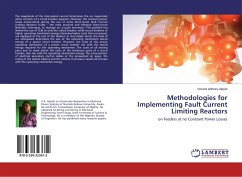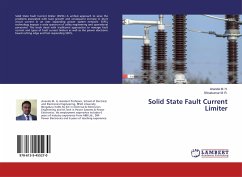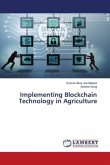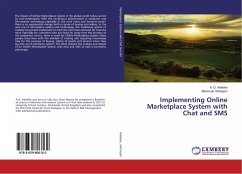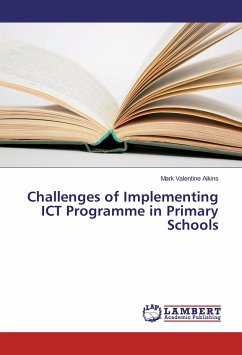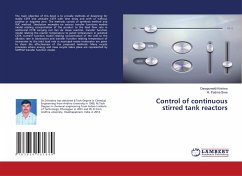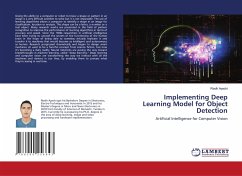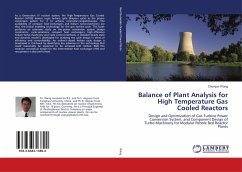The magnitude of the interrupted current determines the arc magnitude when contacts of a circuit breaker separate. However, the constant power losses encountered during the use of series short-circuit fault Current Limiting Reactors (CLRs) - the most practical and effective short-circuit limitation technique, to manage arc is quite enormous. This problem has limited the use of CLRs to only the critical feeders, while circuit breakers of higher operating mechanism energy (meaning higher costs than necessary), are deployed to the rest of the feeders. In very simple terms, the level of arc anticipated determines the size of the operating mechanism stored energy of a power circuit breaker. However, the costs of the actual operating mechanism of a power circuit breaker rise with the stored energy required for the operating mechanism. The costs of all moving parts and to some extent the costs of the stationary parts of a circuit breaker, also rise with the operating mechanism energy. The cross-sections of electrical secondary control cables or the pressurized air pipes, the rating of the station battery and the volume of pressure vessels all increase with the operating mechanism energy.
Bitte wählen Sie Ihr Anliegen aus.
Rechnungen
Retourenschein anfordern
Bestellstatus
Storno

